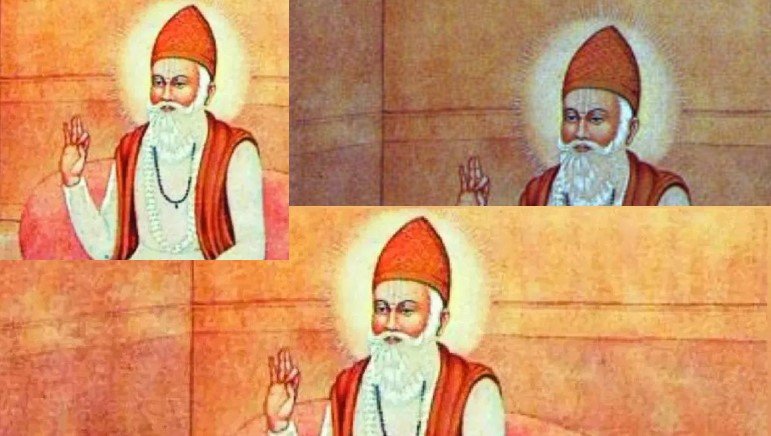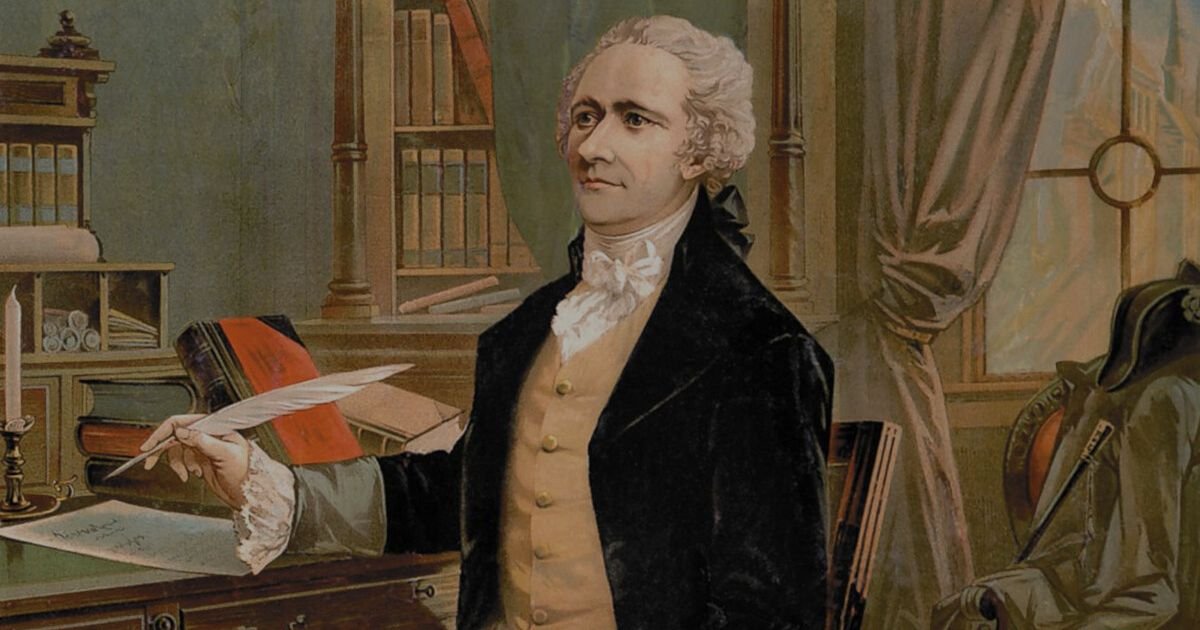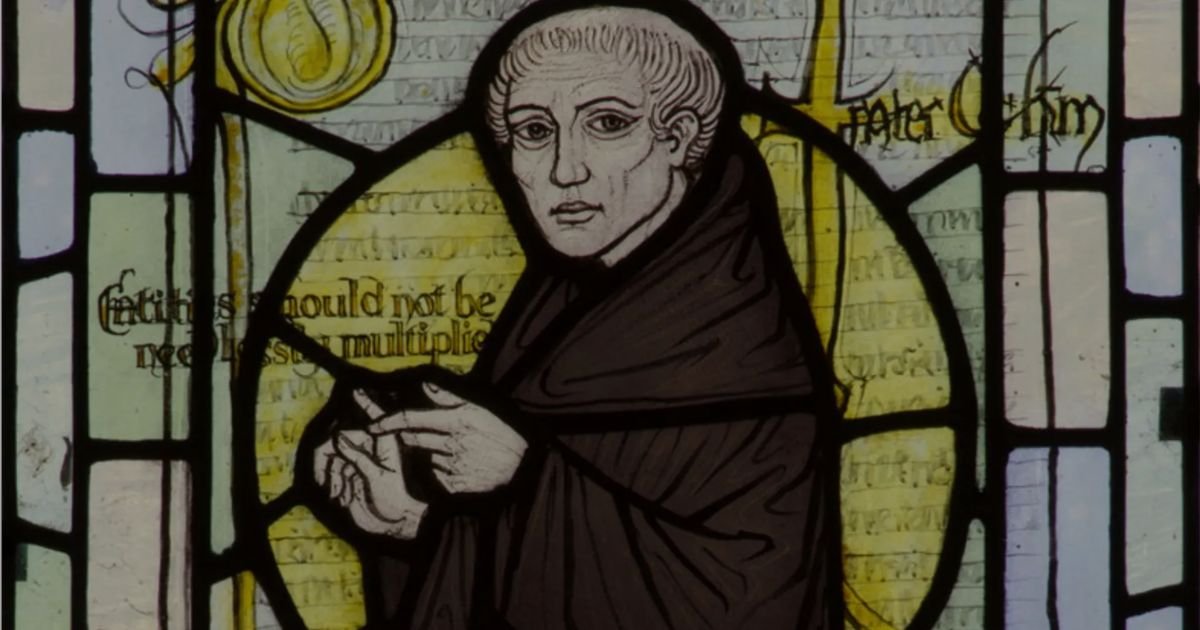Kabir was a highly respected 15th-century Indian mystic poet. And saint whose works influenced people of various faiths, including Hindus, Muslims, and Sikhs. Several of his lines are found in the Sikh Holy Scripture, Adi Granth. Most historians agree with the Kabirpanthis who claim that Niru, a poor weaver, and his wife Nima discovered the infant Kabir on a lotus petal in Benares’ Lahar Tank. Hindus thought Kabir was the illegitimate son of a Brahmin widow. Muslims believed he was the child of Muslim parents.
Kabir Das Biography
Kabir Das was a 15th-century Indian mystic poet and saint whose works impacted Hinduism’s Bhakti movement. His verses may be found in Sikhism’s scripture Guru Granth Sahib. His early life was spent in a Muslim family, although he was heavily inspired by his instructor, Hindu bhakti guru Ramananda. Kabir is noted for his criticism of both organised religion and religion. He questioned all faiths’ useless and unethical behaviours. He particularly those seen in Hinduism and Islam. Throughout his life, he was threatened by both Hindus and Muslims for his beliefs. When he died, the Hindus and Muslims he had inspired claimed him as their own. Kabir means “famous poet/saint.” One of the Sant Mat sects is the Kabir Panth, a religious group that claims him as its founder.

Kabir Das Date of Birth
Kabir was born in 1398 in the city of Varanasi, Uttar Pradesh. The birth of Kabir is steeped in mystery and folklore. He was born in Varanasi, Uttar Pradesh, and is well-known for his criticism of organised religion as well as religions. His mother, a devoted Brahmin widow, had joined her father on a trip to a famous ascetic. The ascetic was impressed by their dedication and blessed her, telling her she would soon have a son. He questioned what he saw as useless and unethical behaviours in all religions, particularly those in Hinduism and Islam. In his writings, Kabir refers to himself as julaha and kori. Both refer to a weaver from the lower castes. He did not identify totally with either Hindus or Muslims.
Famous Kabir Das Dohe
The books authored by Kabir Das are often collections of dohas and songs. There are 72 works in all, including major and well-known works such as Rekhtas, Kabir Bijak, Suknidhan, Mangal, Vasant, Sabdas, Sakhis, and Holy Agams.
Doha
Chalti Chakki Dekh Kar, Diya Kabira Roye
Do Paatan Ke Beech Mein, Sabit Bacha Na Koye
Translation
Watching the grinding stones, the Light Kabir Cries
Inside the Two Stones, no one survives
Meaning
For Kabir, the grinding stones symbolise the duality of our existence. There is duality everywhere: in heaven and on earth, in good and bad, in male and female, in high and low. This tremendous grasp of the Chalti Chakki (moving mill) captures everyone in its play of contrasts.
Anyone who steps into this dualism is destroyed. Nobody makes it out alive. Kabir weeps because it is seldom, if ever, possible to perceive the divinity or oneness concealed behind the duality.
Kabir Das’ writing style and language are simple and elegant. He wrote his dohas in a powerful and natural style, full of meaning and significance. He wrote from the bottom of his heart. He has compacted the sense of the entire world into a single dohas and couplet. His words are beyond measure and motivating.

Kabir Das Religion
Kabir grew up to be a spiritually interested young man who is usually thought to have studied under the Bhakti poet-sant Swami Ramananda in Varanasi. The Swami was recognised for devotional Vaishnavism with a strong leaning towards monist Advaita philosophy. And he taught that God was present in everyone and everything.
Kabir Das is the first Indian saint to have brought Hinduism. And Islam together by laying out a universal path that both Hindus and Muslims can follow. According to him, every life is connected to two spiritual principles (Jivatma and Paramatma). His concept of moksha is that it is the process of combining these two heavenly truths.
Kabir Das Books
Kabir’s philosophical beliefs were exceedingly simple. He was regarded as the leading soul of the Bhakti Movement. He advocated Bhakti or ‘Devotion’ through his ‘Dohas’. Kabir’s Dohas moved everyone’s heart, and he was adored by all. The following are the topics on which Kabir has voiced his thoughts.
The books authored by Kabir Das are often collections of dohas and songs. There are 72 works in all, including major and well-known works such as Rekhtas, Kabir Bijak, Suknidhan, Mangal, Vasant, Sabdas, Sakhis, and Holy Agams.
Conclusion
Kabir Das was an outstanding mystic poet who imparted valuable lessons about morals, humanity, and spirituality. He followed his Guru Ramanand’s instructions and embarked on the path to success. Through his preaching, poetry, books, and beliefs, the saint let people see things for themselves. He was a devoted practitioner of ahimsa, love, and peace. Today, numerous Kabir Panthis worship him in Kabir Chaura in Varanasi. Although there is no confirmation of the poet’s birth or biological parents. His journey is legendary and teaches us about humanity.










